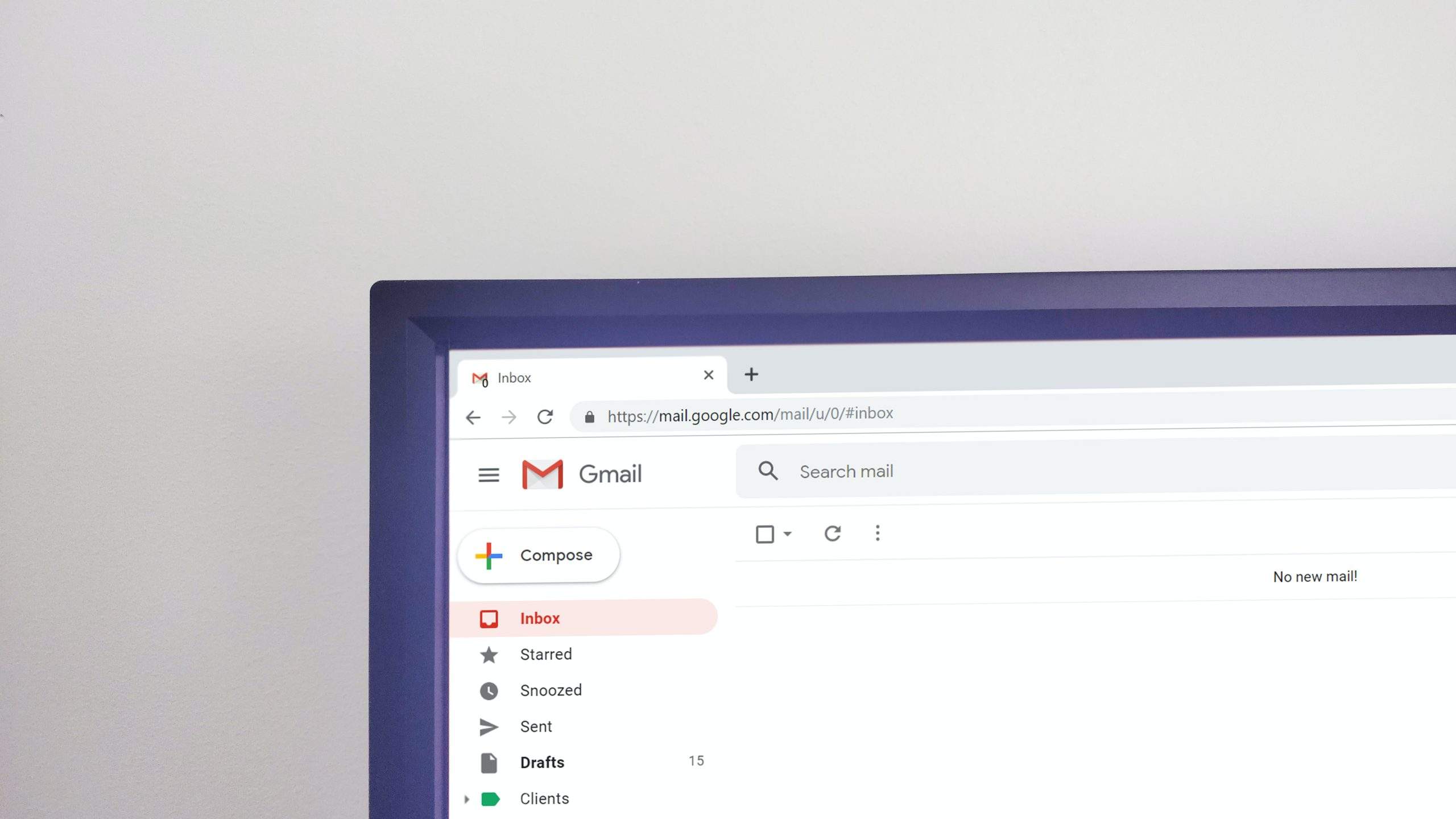
Email Open Rates By Industry (& Other Top Email Benchmarks)
Email marketing is a powerful tool that enables businesses to reach their target audience directly and effectively. However, in an increasingly competitive digital landscape, it is essential to understand how different industries perform when it comes to email open rates. Whether you are a marketer looking for insights or a business owner aiming to optimize your email campaigns, having access to industry-specific benchmarks can be invaluable. In this article, we will explore the average open rates across various sectors and delve into other crucial email benchmarks that can help you elevate your email marketing game. By understanding these metrics, you will be equipped with the knowledge needed to devise strategies that resonate with your recipients and drive higher engagement levels.
Why email open rates are important
Email open rates are important because they provide valuable insights into the effectiveness of an email marketing campaign. By tracking open rates, businesses can gauge whether their emails are being delivered to the intended recipients’ inboxes and if the subject lines are compelling enough to entice them to open the emails. Low open rates may indicate that the email is not reaching its target audience or that it lacks engaging content.
Furthermore, email open rates can also be used as a metric to measure customer engagement and interest in a brand or product. Higher open rates suggest that subscribers are actively interested in receiving updates and promotions from the company, indicating a strong level of customer loyalty. Conversely, low open rates may suggest disinterest or disengagement from subscribers, highlighting an opportunity for businesses to reassess their email marketing strategies and content.
In addition to providing insights into recipient behavior and engagement, monitoring email open rates by industry allows businesses to compare their performance against industry benchmarks. This information offers valuable context for assessing the success of an email campaign relative to competitors within the same sector. It enables companies to identify areas where improvements can be made by analyzing what tactics or strategies other successful players in the industry employ to achieve higher open rates. Ultimately, understanding industry benchmarks helps businesses set realistic goals and refine their strategies for better results.

Average email open rates by industry
Email open rates can vary significantly across different industries. According to recent studies, the highest average email open rates are seen in the government sector, with an impressive 35% open rate. This can be attributed to the nature of communications from governmental organizations, which often contain crucial information that recipients are more likely to prioritize opening.
On the other hand, industries such as retail and e-commerce tend to have lower average email open rates. Retail emails have an average open rate of around 20%, while e-commerce emails see an even lower rate of approximately 15%. This could be due to factors such as a higher volume of promotional emails sent by these industries or recipients being more accustomed to and less interested in their content.
Overall, understanding industry-specific email open rates is essential for businesses and marketers aiming to optimize their email marketing strategies. By knowing how their industry benchmarks compare, they can set realistic goals and tailor their campaigns accordingly to increase engagement and achieve better results.
Factors that affect email open rates
Factors that affect email open rates can vary significantly depending on the industry and target audience. One important factor is the subject line of the email. A catchy and compelling subject line can entice recipients to open the email, while a bland or generic subject line may be easily overlooked. Personalization is another key factor that affects open rates. When emails are tailored to individual recipients with their name or specific interests, they are more likely to be opened and engaged with.
The timing of sending emails also plays a role in open rates. Sending emails during peak times when people are likely to check their inbox, such as early morning or lunchtime, can increase the chances of them being opened. On the other hand, sending emails at inconvenient times may result in lower open rates.
Furthermore, the reputation of the sender’s domain and IP address can impact email open rates. If these have a low reputation due to previous spam complaints or poor deliverability, it can lead to lower open rates as recipients may view them as untrustworthy.
Overall, understanding and optimizing these factors that affect email open rates can significantly improve the effectiveness of email marketing campaigns across various industries.

Other top email benchmarks to consider
In addition to email open rates, there are several other key email benchmarks that marketers should consider when evaluating the success of their campaigns. One such benchmark is click-through rate (CTR), which measures the percentage of recipients who clicked on a link within the email. A high CTR indicates that the content and call-to-action in the email were compelling enough to drive engagement and encourage recipients to take further action.
Another important benchmark is conversion rate, which measures the percentage of recipients who completed a desired action after clicking through from an email. This could include making a purchase, filling out a form, or signing up for a newsletter. A high conversion rate indicates that not only did recipients find value in the content of the email, but they also followed through with an intended action.
Additionally, marketers should pay attention to bounce rate, which measures the percentage of emails that were undeliverable due to invalid or non-existent email addresses. A high bounce rate can indicate issues with list hygiene or quality, as well as problems with deliverability.
By considering these additional benchmarks alongside open rates, marketers can gain a more comprehensive understanding of their email performance and make informed decisions on how to optimize their campaigns for better results.
Tips for improving email open rates
When it comes to email marketing, one of the most important metrics to track is the open rate. A higher open rate indicates that your emails are successfully grabbing the attention of your audience and enticing them to engage with your content. However, achieving high email open rates can be a challenge in today’s crowded digital landscape. To improve your email open rates, consider personalizing your subject lines and preheaders to make them more relevant and compelling for each recipient. Additionally, segmenting your email list based on demographics or past behavior can help you tailor your messages to specific groups of subscribers, increasing the likelihood of them opening and engaging with your emails.
Another effective way to boost email open rates is by optimizing send times. Pay attention to when your target audience is most likely to check their inbox and schedule your emails accordingly. Sending messages during off-peak hours may result in lower visibility and reduced chances of being opened. Additionally, don’t underestimate the power of A/B testing subject lines and preheaders to see which variations perform better in terms of open rates. By experimenting with different wording or even emojis, you can identify what resonates best with your subscribers and adapt accordingly.
In conclusion, improving email open rates requires strategic thinking and constant experimentation. Personalization, segmentation, optimizing send times, as well as A/B testing subject lines are all valuable tactics that can significantly impact the success of your email campaigns.
![]()
Conclusion: Importance of tracking and optimizing open rates
In conclusion, tracking and optimizing open rates in email marketing campaigns is of utmost importance for businesses across all industries. Open rates serve as a crucial metric to gauge the effectiveness of email campaigns and determine whether recipients are engaging with the content. By closely monitoring open rates, businesses can identify patterns and trends that allow them to refine their email marketing strategies.
Additionally, optimizing open rates can lead to higher conversions and ultimately drive revenue growth. A high open rate indicates that recipients are interested in the content being sent to them, increasing the likelihood of them taking further action such as clicking on links or making a purchase. Therefore, by continuously analyzing and improving open rates, businesses can enhance their overall email marketing performance and achieve better results.
Moreover, understanding industry benchmarks for email open rates is essential for setting realistic goals and evaluating campaign success. By comparing their own open rates against industry averages, businesses can gain insights into how well they are performing relative to their competitors. This information allows companies to adjust their strategies accordingly and strive for higher engagement levels with their target audience. In summary, tracking and optimizing open rates is an ongoing process that plays a crucial role in the success of any email marketing campaign.



